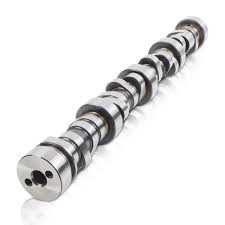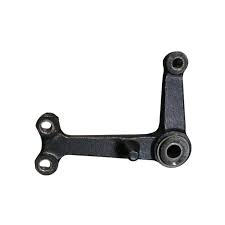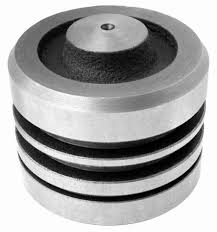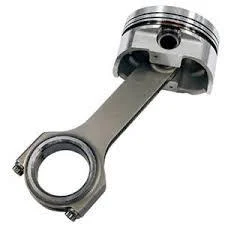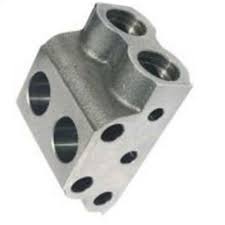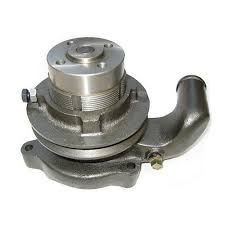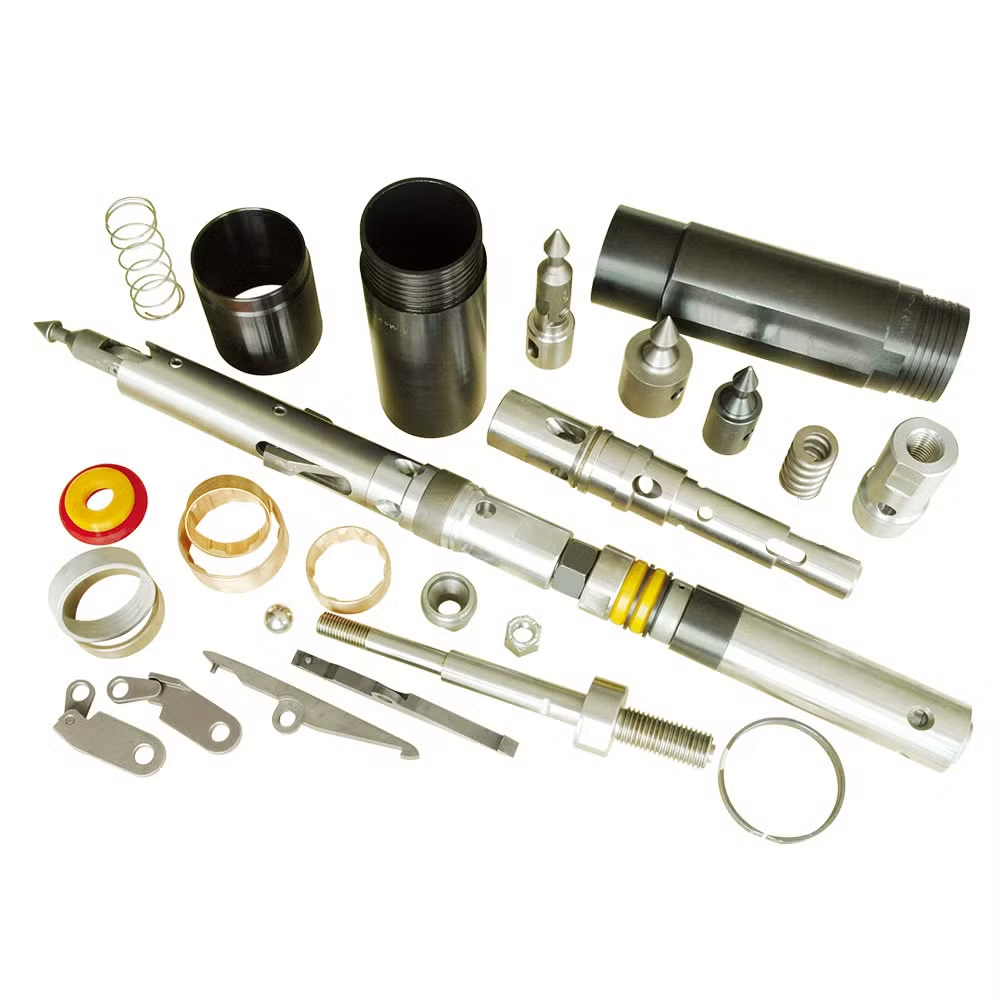
Surya Auto Tech is a leading provider of high-precision CNC machined components. We serve the automotive, engineering, and industrial sectors, offering tailored solutions for manufacturing and production needs. Our commitment to quality and innovation drives excellence across all industries we serve.
Contact Info
NO.56,
New Sidco Industrial Estate,
Srinagar, Near Sai baba Temple,
Hosur-635109,
Krishnagiri-Dt.
